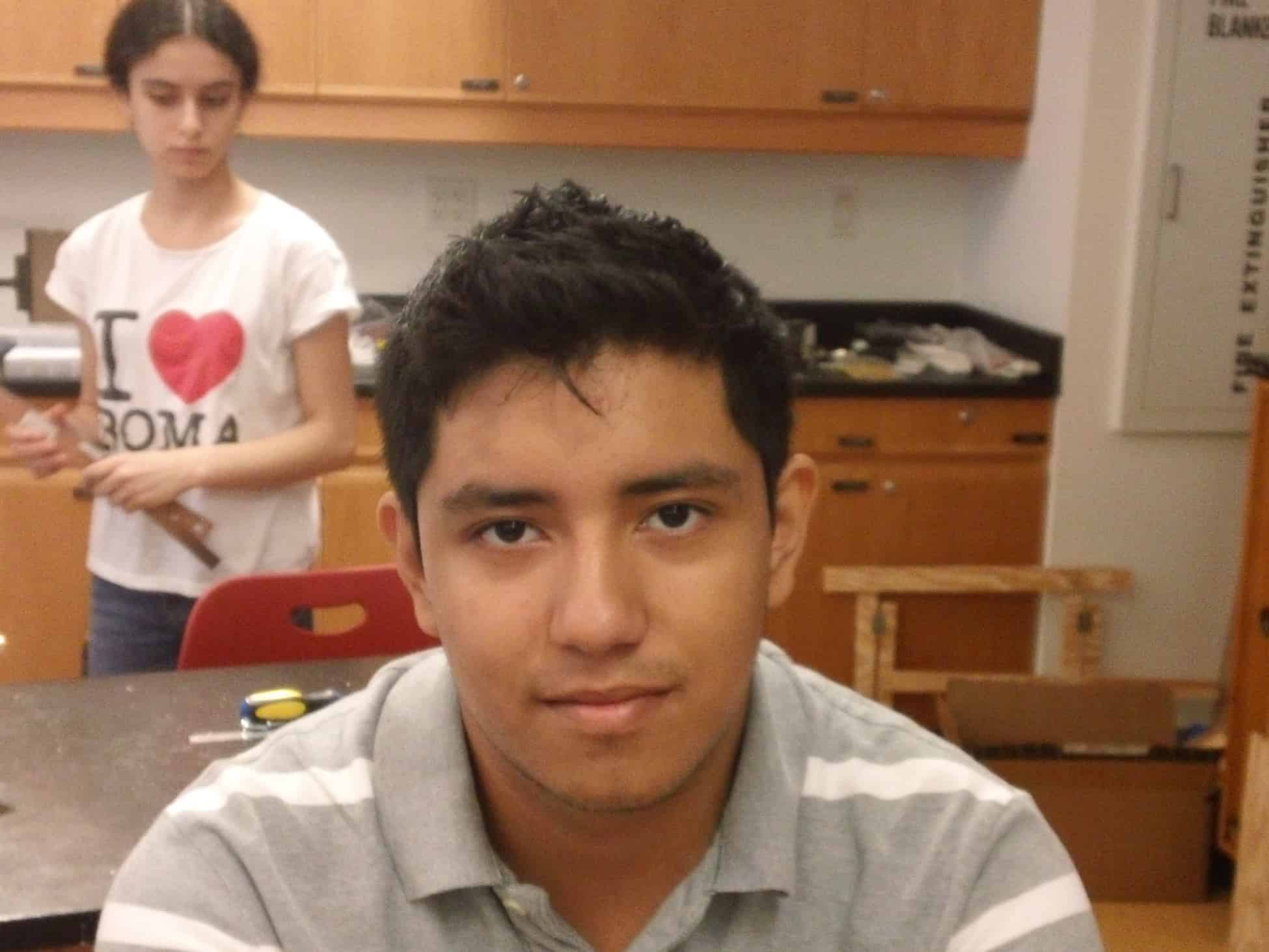Intro
My name is Frank Z. I am a rising senior at Central Park East High School. For my starter project I built a light organ, which is an array of LEDs that respond to sound to make a certain pattern of lights
Final Milestone
Since my Previous milestone I have made many improvements on my LED clock. I added an outer frame and also tubing to protect the neopixels, but most importantly I have added the RTC module using an Adafruit Breakout board. This piece is the most important part of my project because it contains a DS1307 IC chip which uses Unix Time (seconds that have passed since 1970) to always know what time it is. This chip communicates with the Arduino to tell it the current time, which then allows the Arduino to tell certain neopixels to light up to display the correct time.
Final BOM
First Milestone
Over the past few weeks I have been working on the basic structure for what eventually will be my LED Clock. So far I have made taken several key steps such as: sketching and printing the inner frame of the clock using makerbot software and 3D printer, using solder to connect several strips of neopixels to reach 120, and programming my Arduino Uno to light the neopixels in a color changing cycle.
Some problems I have faced were realizing that using only 60 Neopixels would make my clock way too small for the frame that I had built, therefore I had to double the amount to 120. I also had trouble making the inner frame because I had never previously used 3D modeling software.
My next steps include making the outer frame for my clock, and programming my Arduino to receive time from a RTC (Real time clock) Module so that it controls the LEDs according to the time.
Starter Project
The light organ was a fairly simple build, focusing on the basics of soldering and learning how to use different parts and how they work. The light organ consists of 2 IC chips, 4 Capacitors, 11 Resistors, 25 LEDs (yellow, red and green), 1 microphone, 7 transistors, 2 trimmer resistors, and a 9 volt battery.
The capacitors store energy from the battery, which is then regulated by the resistors to flow around the board to the IC chips and LEDs in a stable manner. The Microphone captures sound which is sent as electrical signals to the IC chips, which analyses the signals and tells the transistors which LEDs should be turned on or off. The two trimmer resistors are used to change the pattern speed of the LEDs and the sensitivity of the microphone.
The most challenging part about the build was learning how to solder correctly, because having bad or incomplete solders can cause connectivity issues or even shorts.



